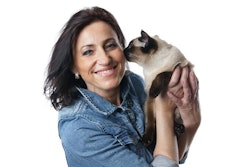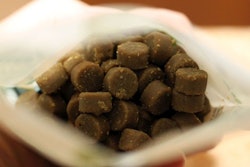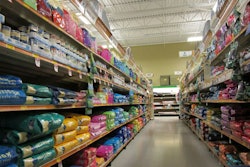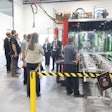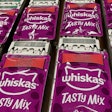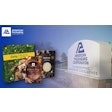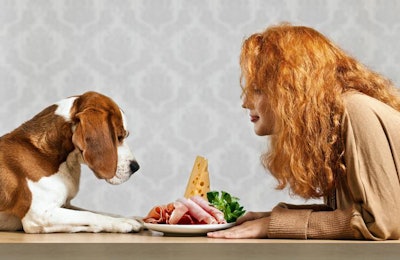
Premiumization of pet foods contributed to shifting sales patterns for pet food packaging, wrote pet food industry analysts in Packaged Facts’ “Pet Product Packaging Innovation” report. Dog and cat food and treat packaging in particular have benefited from the trend towards premium products.
“Most premium pet foods tend to use more expensive packaging and more convenience features to help differentiate the product on shelves,” wrote Packaged Facts analysts.
Premiumization of wet pet food packaging
Increasing demand for wet, raw and refrigerated pet foods prompted value gains, since packaging for those varieties is more expensive than for traditional dry pet foods. Plastic tubs and cartons have become more common, especially for use with raw and refrigerated pet foods.
“The real opportunity is with wet cat food, with almost two-thirds of cat owners buying wet food for their pets,” wrote Packaged Facts analysts.
While cans dominate the wet pet food market, premiumization increases demand for cartons and trays. These trays are mostly made of plastic, though some are fabricated from aluminum.
Convenience features are another part of premiumization of pet food packaging. For example, premium pet food buyers may seek resealable packages to help keep their pet foods fresh. Adding a zipper or other reealable closure increases the cost of packaging materials.
Paper bags top pet food packaging in 2017, plastic grew
Packaged Facts pet food industry analysts concluded that the pet product packaging market reached US$3.6 billion in 2017, led by paper bags for dry kibble. Pet food and treat packaging, which made up 86 percent of sales, accounted for the majority of that market.
Dry pet food packaging was the largest portion of the total with 31 percent of the market. Bags account for 80 percent of dry pet food packaging sales. Pouches have grown in popularity for dry kibble. Pouches offer a sense of luxury for premium pet foods, according to Packaged Facts analysts. While paper bags are the most common material at 60 percent market share, plastic is rising in popularity.
“Use of plastic for dry food applications approaches that of paper in terms of value, and will likely overtake paper by value over the next five years because of its increased use for premium and super premium pet food brands,” wrote Packaged Facts analysts in the report’s executive summary.


